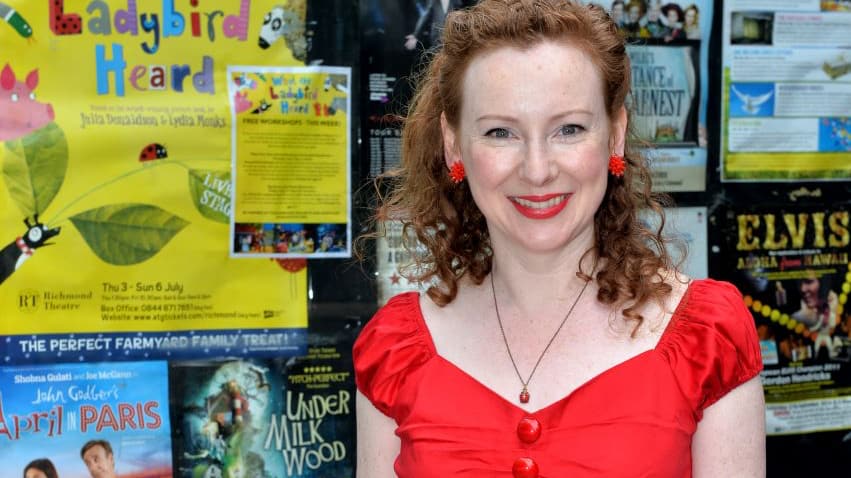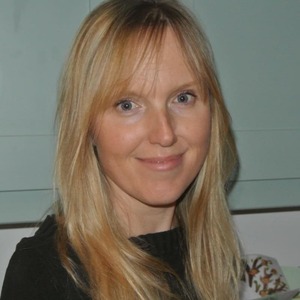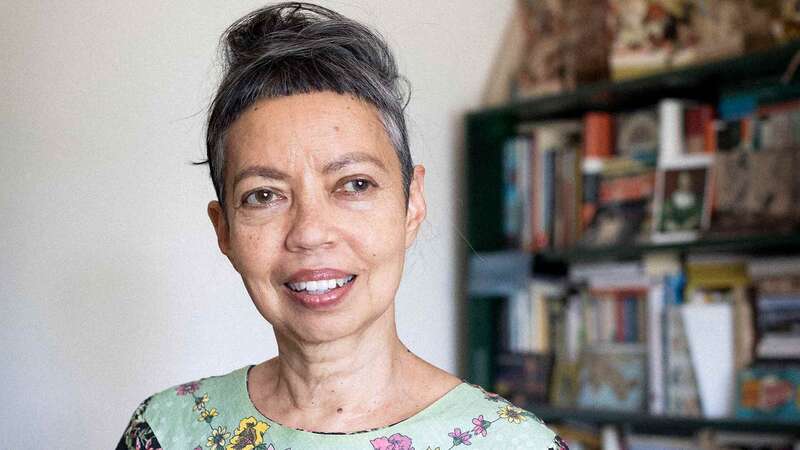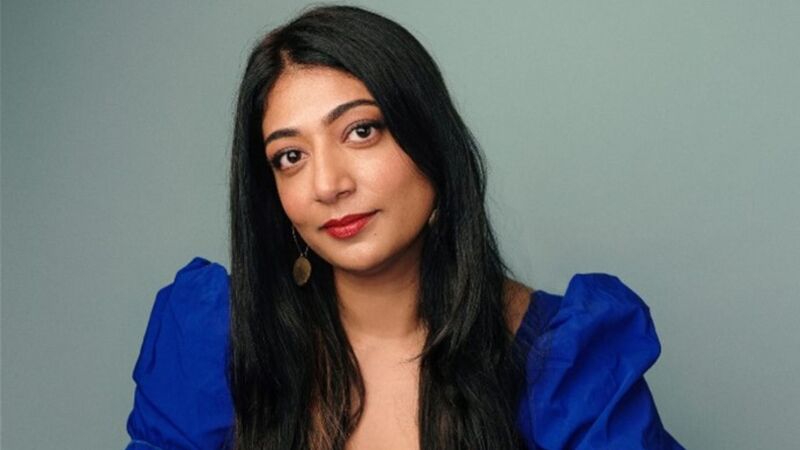You are viewing your 1 free article this month. Login to read more articles.
Lydia Monks | 'Everyone should have a farmyard picture book in their portfolio'
Ahead of the 10th birthday of What the Ladybird Heard, Lydia Monks reviews her career so far.
"It was one of those texts that I read and I got goosebumps," recalls Lydia Monks, the illustrator of What the Ladybird Heard. "You never know what is going to take off but we knew it was a special one."
The iconic picture book, written by Julia Donaldson, celebrates its 10th birthday in July with a suitably celebratory gold-foiled edition, featuring bonus material from both author and illustrator. The story of the quietly clever ladybird who outwits a pair of robbers has sold more than 791,000 copies through BookScan in the UK. "It’s amazing," Monks tells me from her studio at home in Sheffield, "how it keeps on and on." So what is the secret of its success? "My agent, Hilary Delamere [at The Agency], always says everyone should have a farmyard picture book in their portfolio because it is one of those subjects that people just love."
Monks also highlights the astute inclusion of the ladybird on each page; much of the fun is in spotting our tiny, glittery heroine amid the detailed spreads. The ladybird is, however, absent from the book’s endpapers—a map of the farmyard. "I get asked so many times, where’s the ladybird? And I wish we’d put one in there!"
A lovely moment of publishing serendipity gave Monks her first lucky break. For her final project at Kingston University, she illustrated a Roger McGough poetry book.
A Puffin editor saw her degree show and asked her to illustrate one for real: Bad, Bad Cats, her début in 1997. More poetry work and editorial for newspapers and magazines followed, and her first author-illustrated picture book, I Wish I Were a Dog, won the Bronze Smarties Prize just a year later. In 2003 publisher Alison Green
commissioned Monks to illustrate Princess Mirrorbelle, a young fiction text by Julia Donaldson. By this time Donaldson was already a star name, so Monks was thrilled when Green suggested a picture book collaboration. "I got really excited," she laughs, but she was somewhat flummoxed to discover she had to draw a crab, a sea anemone and a bristleworm. The book was, of course, Sharing a Shell. "It’s often funny," she reflects, "the books where you think, ‘What am I going to do with that?’, they sometimes end up being the best." This also marked the beginning of the glitter-encrusted pages common to all of the duo’s picture books. "The glitter went down so well that we’ve never been able to stop using it."
Team work
In common with most picture book creators, Monks and Donaldson work separately, although they do come together for events like the Edinburgh International Book Festival. "Julia always tries to get me singing or acting when I’d much rather sit there drawing!" It’s a relationship built over many years. "Everyone trusts what the other is going to do, so they’re quite happy to let me get on with it." Macmillan sends a finished text to Monks, broken up into pages, and, "I get to do my own thing, which is very nice."
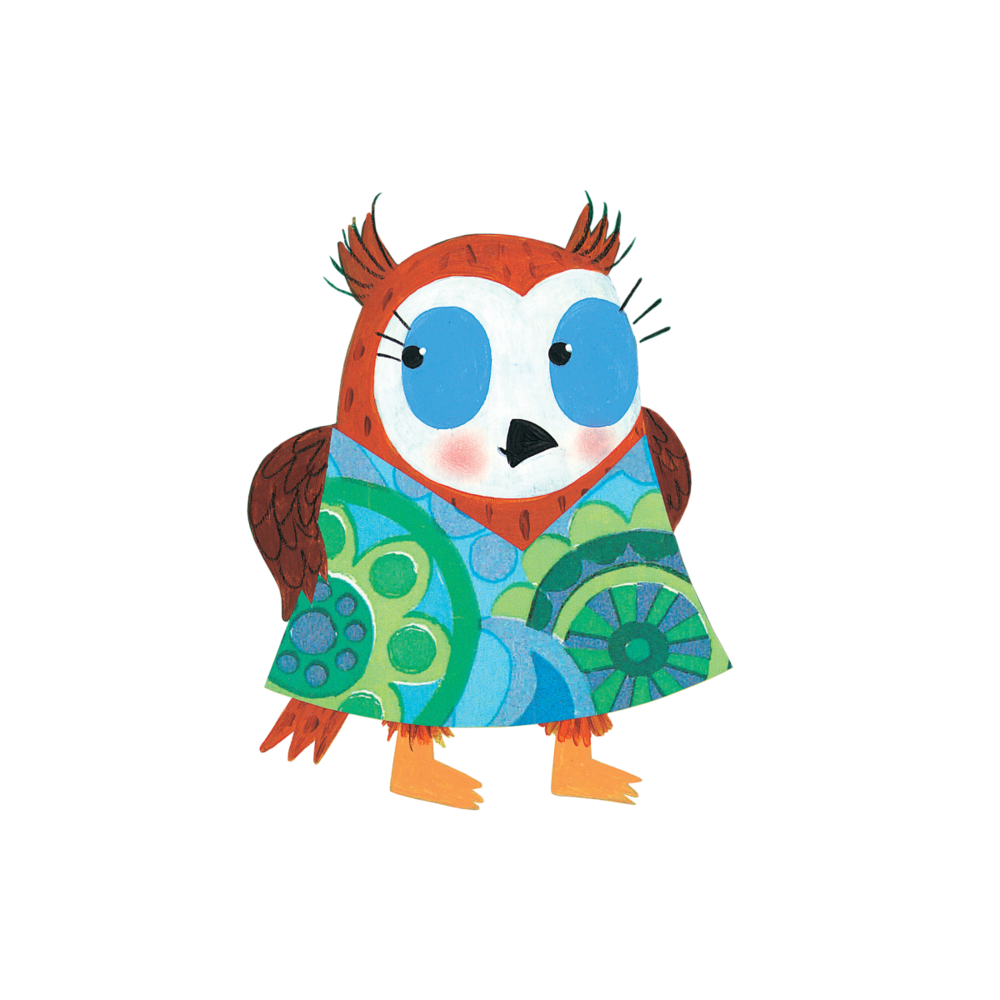
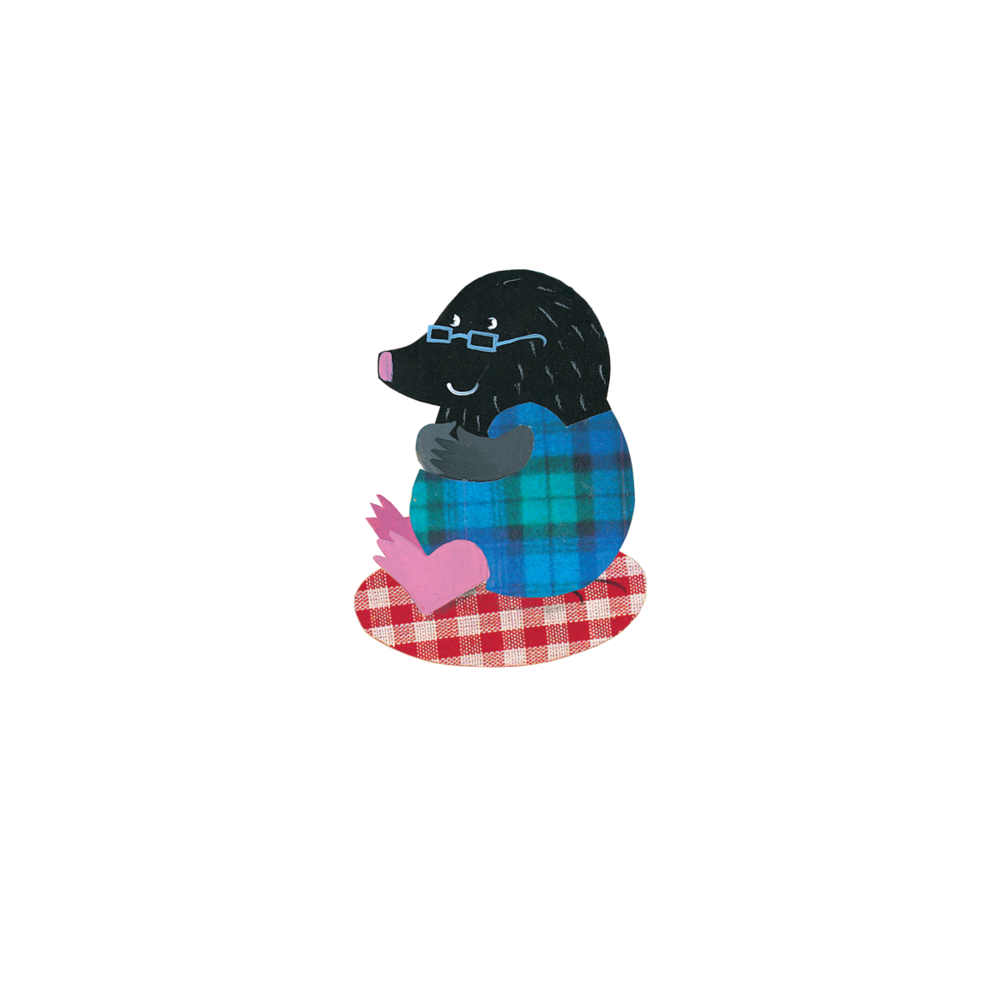
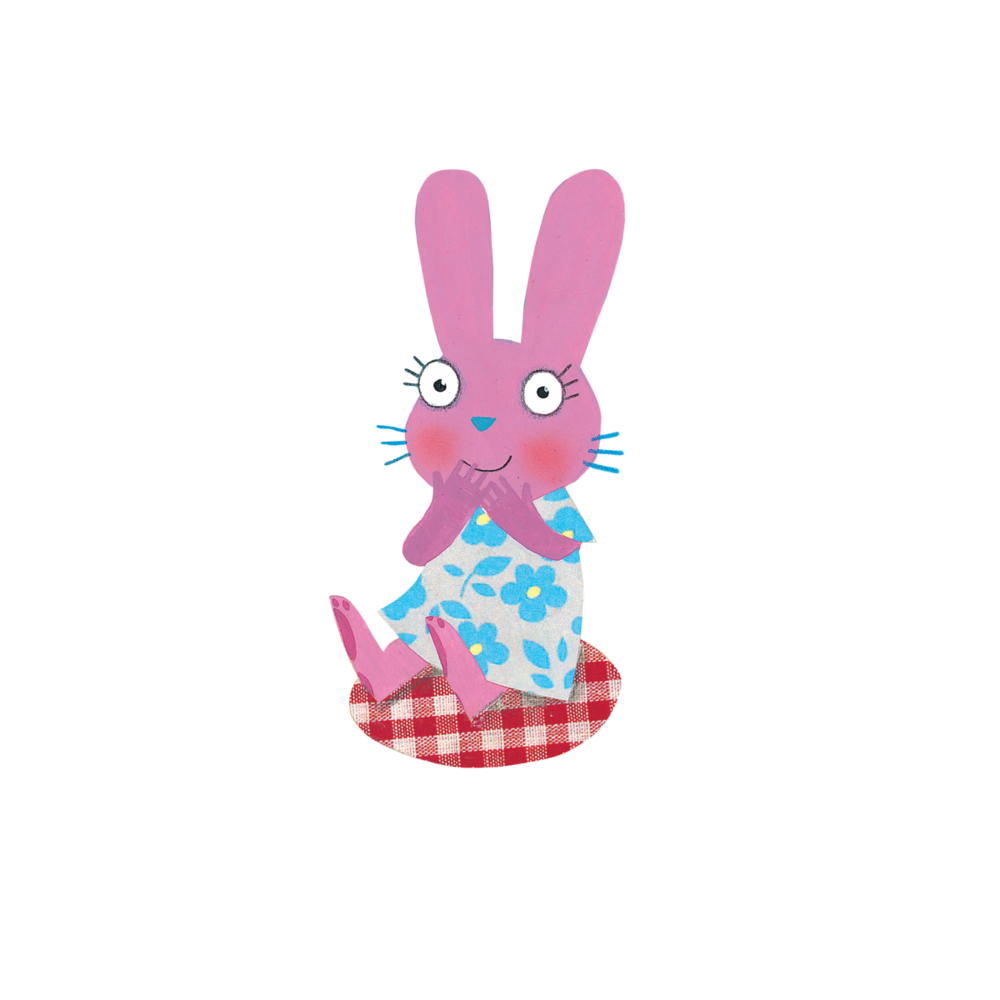
She confesses to being "very old fashioned" when it comes to working techniques. "My life would probably be easier if I embraced technology but I’m a creature of habit." The look of the characters is typically agreed in advance, then Monks draws roughs in pencil, which are scanned. Next comes the artwork, all painted by hand, using acrylics to create strong shapes and saturated colours. "It’s the same size as you see in the books, so some of it gets very tiny," she explains. "I have very tiny brushes!" Finally comes the collage, which gives her work such a distinctive look. Sourcing the collage materials can be time-consuming. "I drive myself mad with it," she laughs. Pictures from magazines, fabric, leaves or textures are cut out, stuck on and scanned in. Has her style changed over the years, I ask? She thinks it has "softened" slightly, but says the real shift is in how her work is perceived. "People used to describe it as a bit scary and harsh," she tells me, citing her use of real eyes in collage as an example. "Now I’m considered very commercial and acceptable."
Monks’ work as an author-illustrator has continued alongside the books with Donaldson. Rabbit Races Ahead is published in June by Macmillan, the third title in pre- school series Twit Twoo School. Inspired by the wildlife garden at her daughter’s school—"Wouldn’t it be funny if there was a little school for animals going on?"—the warm, comical series gently explores first experiences and friendship. Monks relishes the satisfaction of writing and illustrating, but finds it "much harder. People think picture book texts are easy but it’s a real skill."
Her career is, to some degree, a tale of two halves: the exceptional success with Donaldson, and the more typical experience of her solo work, battling intense
competition and limited shelf space "in the real-life book world." "It’s an odd experience to see both sides," she agrees. "It’s quite special to have the books so visible, year after year. I’m very lucky." Having bestsellers has not, however, made her immune to the situation regarding the lack of recognition for illustrators, and Monks applauds the Pictures Mean Business campaign, launched by Sarah McIntyre. "I feel I can actually say something now. I can work for four to six months on a picture book, and to not even get a mention or a credit is soul-destroying. It is a double act."





